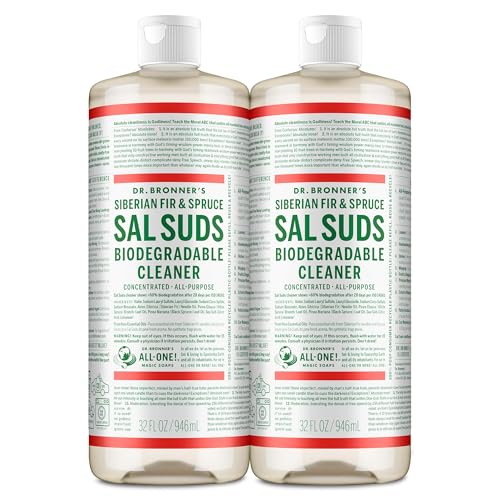



Opt for formulary options specifically designed for high-pressure apparatus. These solutions typically come in concentrated forms, allowing for efficient cleaning without compromising the integrity of your machinery. Brands like Kränzle, Karcher, and Nilfisk offer excellent alternatives that blend cleaning power with safety for various surfaces.
For vehicles, a pH-balanced car shampoo ensures a pristine finish while being gentle on paintwork. Select products containing natural surfactants, enabling thorough removal of grime without leaving residues. For tougher stains on concrete or stone, consider an alkaline degreaser to tackle oil and grease effectively.
In addition to dedicated cleaners, consider eco-friendly options made from biodegradable ingredients. These alternatives provide similar cleaning abilities while minimising environmental impact. Always verify compatibility with your equipment before application to ensure optimal performance.
Recommended Solutions for Your Cleaning Device
For optimal results, select alkaline-based formulations for surfaces like concrete and brick. These formulas penetrate grime effectively, ensuring a thorough clean without damage.
If working on wooden decks or painted surfaces, opt for a gentler, biodegradable option. These solutions safeguard the integrity of the materials while still yielding impressive results.
Specialty Cleaners for Different Substances
For vehicle care, consider a pH-balanced automotive wash. This choice will remove dirt while protecting the paintwork and wax coatings. Always ensure the selection is safe for automotive finishes.
In environments with heavy grease, such as kitchen or barbecue areas, a degreaser designed for high-pressure applications will be ideal. These products break down oil effectively, allowing for a fresh surface.
Application Tips
Always follow manufacturer guidelines for dilution ratios and application techniques. Starting with the lowest pressure setting can prevent damage while ensuring adequate coverage. Test a small area first, especially on delicate surfaces.
Choosing the Right Detergent for Pressure Washers
For optimal results, select a detergent specifically formulated for high-pressure cleaners. Look for biodegradable options that are safe for various surfaces, including wood, brick, and concrete. Check the manufacturer’s guidelines to ensure compatibility with your machine.
When tackling tough stains, an alkaline detergent works well for grease and oil, while acidic solutions are effective against mineral deposits. For general cleaning, a neutral pH cleaner is typically sufficient and gentle on surfaces.
Consider concentrated formulas that require dilution, as they often provide better value. Always follow the ratio recommendations to prevent damage to your equipment and surfaces. Avoid using harsh chemicals or household cleaners, as they can harm the internals of your machine and affect performance.
For vehicles, choose a pH-balanced vehicle shampoo to avoid any unwanted reactions with paint finishes. This type of cleaner can safely remove dirt and grime without causing harm or discolouration.
Lastly, always perform a spot test on an inconspicuous area if you’re unsure how a specific detergent will react with a surface. This will help prevent any surprises during the cleaning process.
Understanding Different Types of Cleaning Agents
Specific agents enhance the performance of my high-pressure equipment and tackle various tasks effectively. I prioritise understanding the nature of the contaminants I’m targeting, as this guides my choice of solution.
Types of Agents
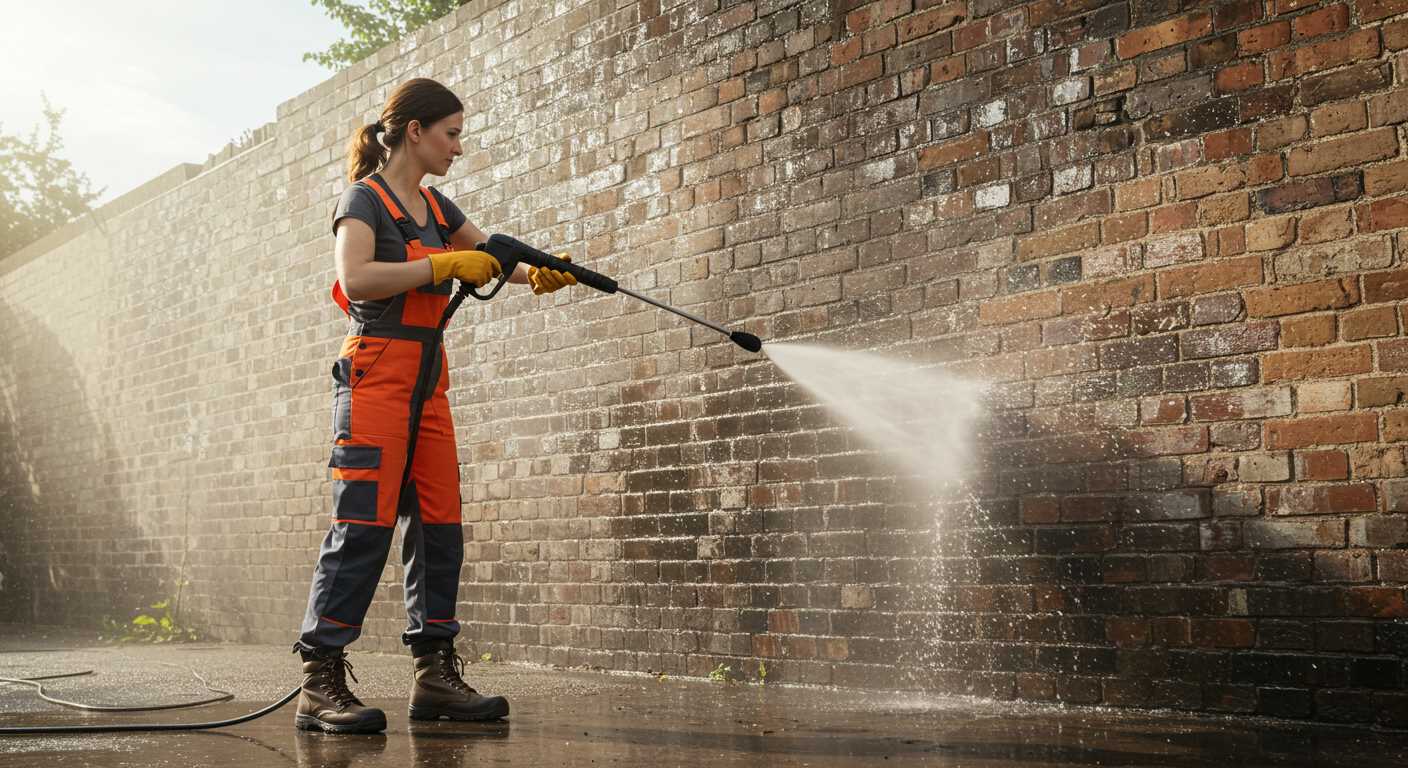
Here’s a concise breakdown of the most common solutions:
| Type | Description | Best For |
|---|---|---|
| Alkaline Solutions | These are effective for breaking down oils and grease. | Driveways, garages, and workshops. |
| Acidic Solutions | Good for tackling mineral deposits and rust. | Brick, concrete, and metal surfaces. |
| Biodegradable Agents | Environmentally friendly options that are safe for plants and pets. | Residential areas and gardens. |
| Foaming Agents | These create a thick foam that clings to surfaces, allowing for better penetration. | Vehicles, boats, and outdoor furniture. |
Choosing the Right Agent
Choosing an agent hinges on surface type and the nature of grime. Always check manufacturer guidelines to avoid damage. I find that testing a small area first is a wise strategy.
In summary, understanding these types ensures effective use of my equipment while preserving the integrity of the surfaces I’m working on. Decisions based on the task at hand optimise performance and results.
How to Mix Cleaning Products with Water Safely
Always adhere to the manufacturer’s instructions regarding dilution ratios. Use a clean, dry container to mix solutions. Start by adding water first, followed by the detergent. This prevents foaming and ensures a uniform mixture.
Safety Precautions
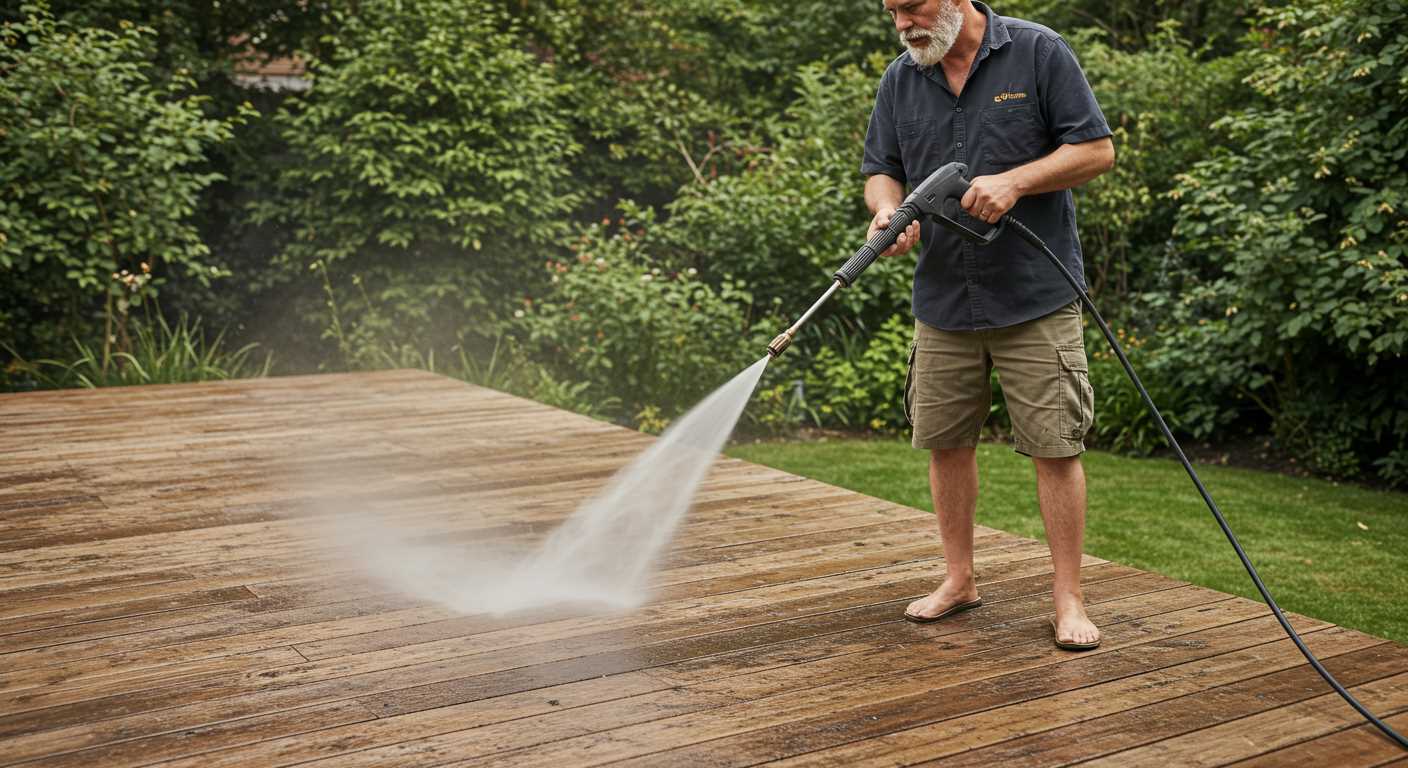
Wear protective gloves and eyewear when handling chemicals to avoid skin or eye irritation. Ensure adequate ventilation in the work area to minimise inhalation risks. If you accidentally spill any solution, clean it immediately to prevent slips or damage to surfaces.
Storing Mixed Solutions
Store any leftover mixture in a clearly labelled, airtight container to avoid cross-contamination. Keep all mixtures out of direct sunlight and away from children or pets. Dispose of any unused solution according to local regulations to ensure environmental safety.
Recommended Eco-Friendly Cleaning Solutions
For those seeking environmentally conscious alternatives, I suggest considering these eco-friendly formulations:
- Vinegar: A natural acid that cuts through grime effectively. It can be diluted with water, typically in a 1:1 ratio, for most applications.
- Baking Soda: Great for tackling tough stains. Mix with water to create a paste, apply to the surface, and allow it to sit before rinsing.
- Castile Soap: A plant-based soap that works well in combination with water. Aim for a solution of around 2-3 ounces per gallon of water.
- Citrus-Based Cleaners: These are derived from natural citrus oils. They provide a powerful clean while leaving a pleasant aroma. Follow the manufacturer’s dilution instructions for optimal results.
- Hydrogen Peroxide: Non-toxic and effective for removing mould and mildew. Use a solution of 3% or higher, diluted with water if needed.
- Eco-Friendly Commercial Solutions: Look for brands that explicitly state they are biodegradable and free from harmful chemicals. Always review the label for dilution ratios.
When selecting a biodegradable option, consider its compatibility with your equipment to avoid any damage. Always conduct a test patch on an inconspicuous area before treating larger surfaces. This approach not only ensures a safe clean but also minimises the environmental impact, aligning with sustainable practices.
Make sure to follow the mixing and usage instructions for each solution to achieve the best results while being kind to the planet.
Using Bleach: Tips and Precautions
Bleach can be a strong ally in eliminating mould, mildew, and stains, particularly on porous surfaces. If you’re considering its application, adhere to the following guidelines for safety and effectiveness:
Preparation
- Always dilute bleach with water; a common ratio is one part bleach to ten parts water.
- Employ a dedicated container for mixing to avoid residue contamination in other solutions.
- Ensure the work area is well-ventilated and free from any combustible materials.
Application
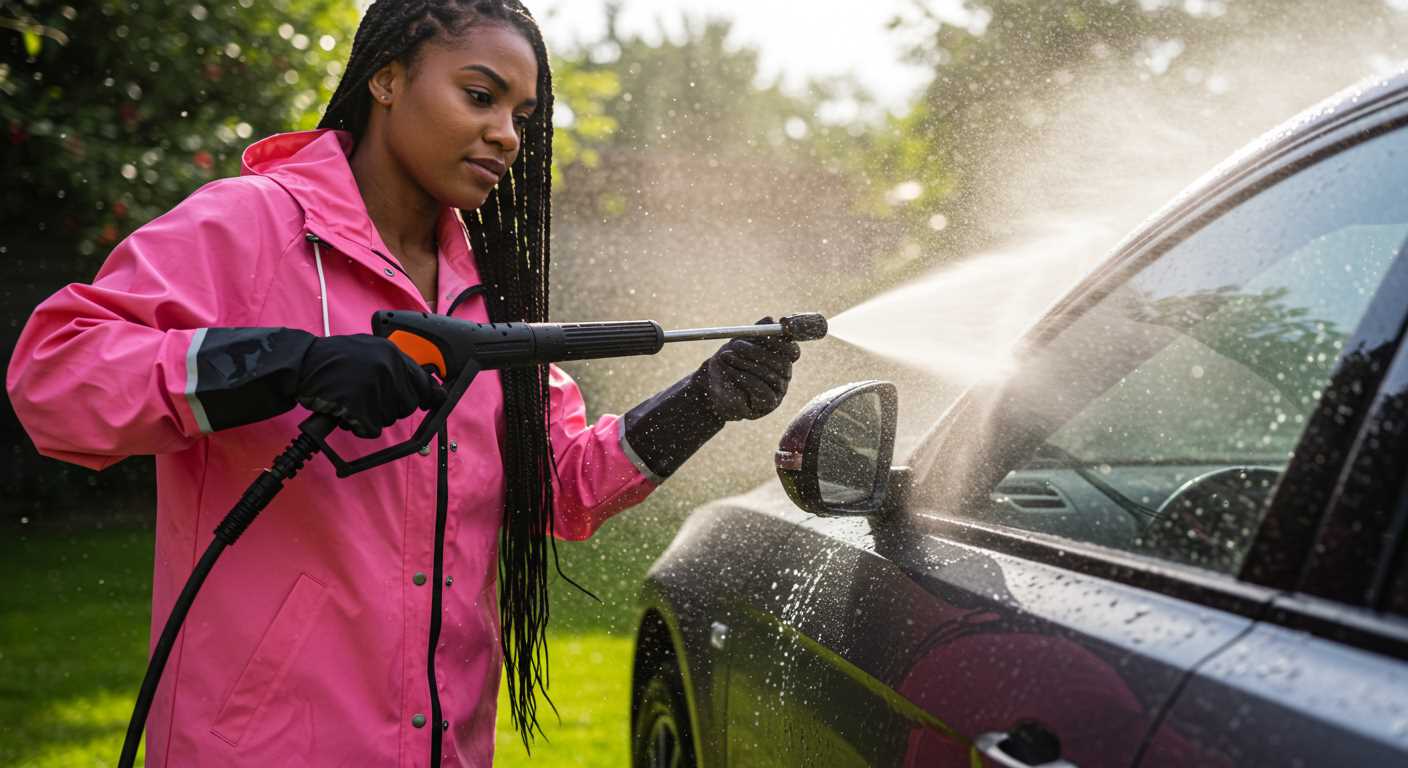
- Use a non-corrosive nozzle when applying bleach to prevent damage to your equipment.
- Start from the top of the surface and work your way down to avoid streaks.
- Allow the bleach solution to sit for a few minutes to maximise stain removal, but do not let it dry out completely.
Safety Precautions
- Wear protective gloves and safety goggles to guard against splashes.
- Avoid mixing bleach with ammonia or other cleaners to prevent toxic fume release.
- Store any leftover solution in a secure, labelled container, away from children and pets.
By following these steps, you can effectively harness the cleaning power of bleach while ensuring your safety and the integrity of the surfaces you treat.
What to Avoid When Selecting Cleaning Solutions
Avoid any formulation that contains harsh acids or caustic ingredients. These can corrode surfaces, damaging your surfaces and equipment. Opt instead for neutral pH cleaners that are less aggressive.
Steer Clear of Mixed Chemical Combinations
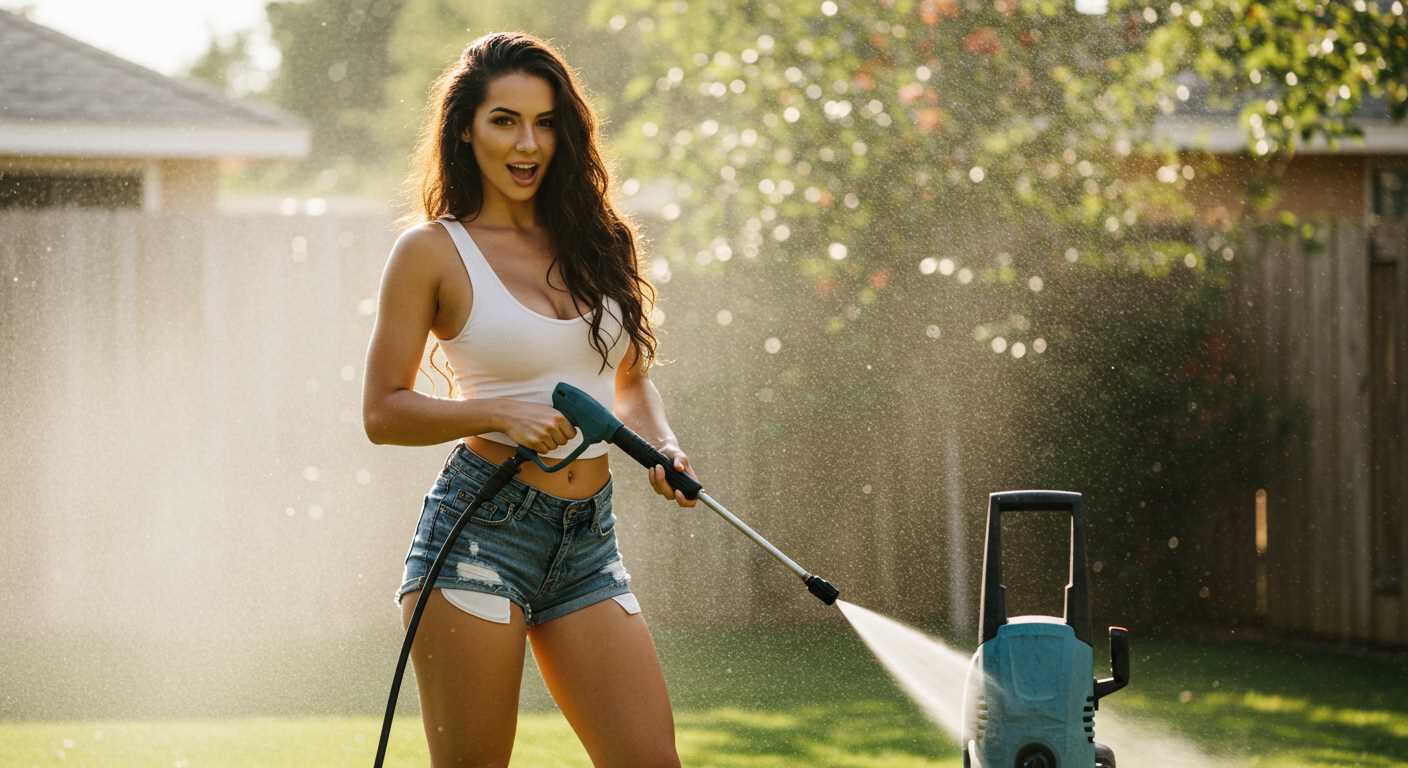
Do not combine different formulations unless explicitly recommended. For instance, bleach mixed with ammonia produces toxic gases. Using separate applications is safer and more effective.
Watch for Non-Compatible Ingredients
Many formulations are not suitable for certain surfaces. For instance, wood requires specific, gentle solutions while stone may need something stronger. Check compatibility guidelines carefully.
Avoid overly-diluted solutions as they may not perform optimally, leading to longer cleaning times and less effectiveness. Always follow dilution instructions for your chosen cleaner for best results.
Lastly, steer clear of any products not specifically designed for your equipment. Using the wrong types can void warranties and damage internal components. Always consult the manufacturer’s recommendations.
How to Test Cleaners on Different Surfaces
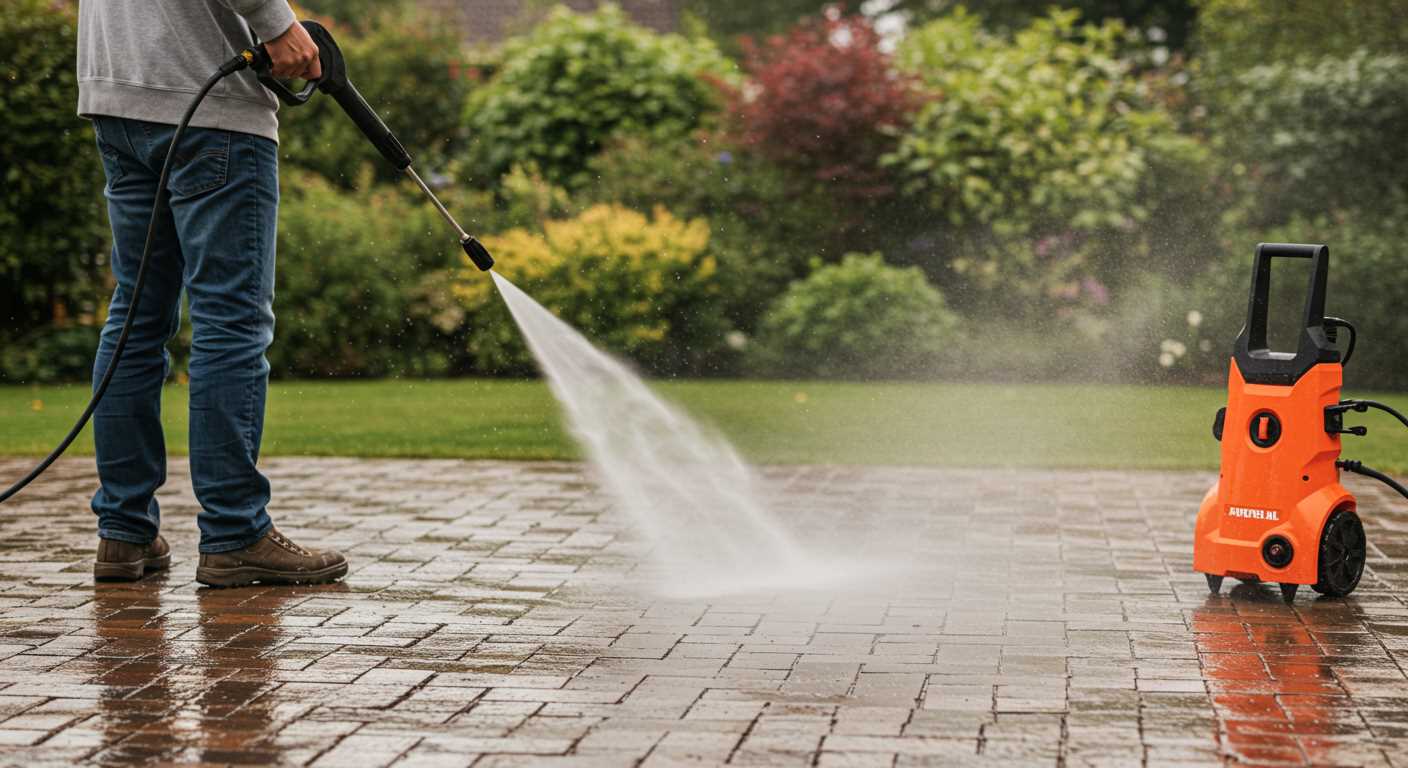
For optimal results, I suggest starting by selecting a small, inconspicuous area on the surface you’re treating. This allows you to assess compatibility without risking visible damage. Make sure to thoroughly clean this test spot, then let it dry. Observe the surface for any adverse reactions, like discolouration or warping.
Preparation Steps
Before testing, ensure the area is free of debris. Rinse it lightly and allow it to dry completely. Prepare your chosen solution according to manufacturer instructions, keeping ratios in mind for various surfaces. Treat wood, metal, concrete, and plastic differently, as each material reacts uniquely. For instance, wood may require more diluted mixtures compared to tougher surfaces.
Application Techniques
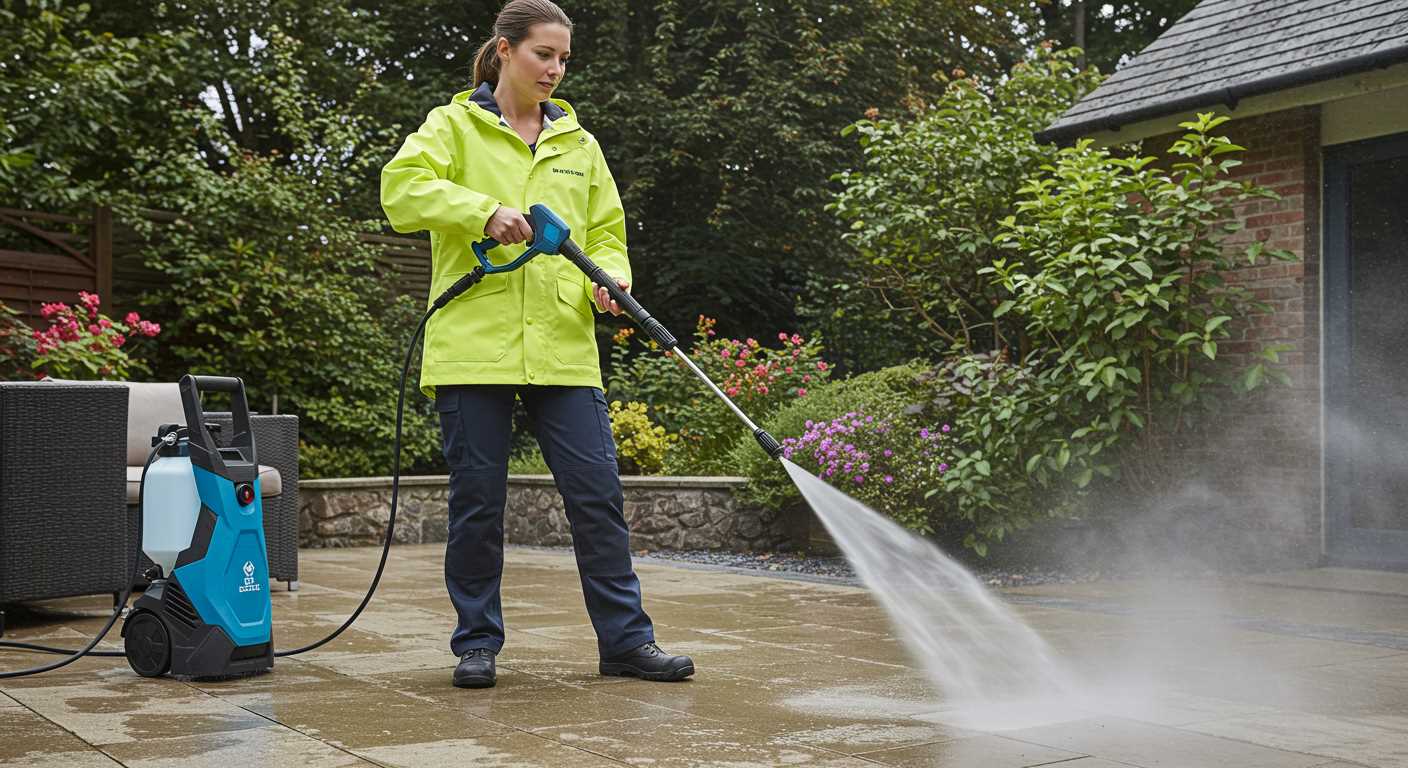
Apply the solution using a low-pressure nozzle to prevent etching or damage. Always work from the top down, allowing dirty runoff to be rinsed away. After a few minutes of dwell time, gently agitate the area with a soft brush if necessary, then rinse thoroughly to remove residue. Evaluate the outcome–success will be indicated by cleanliness and no surface deterioration.
In case of any concerns, repeat tests with adjusted concentrations or try alternative variations until you achieve ideal results.




